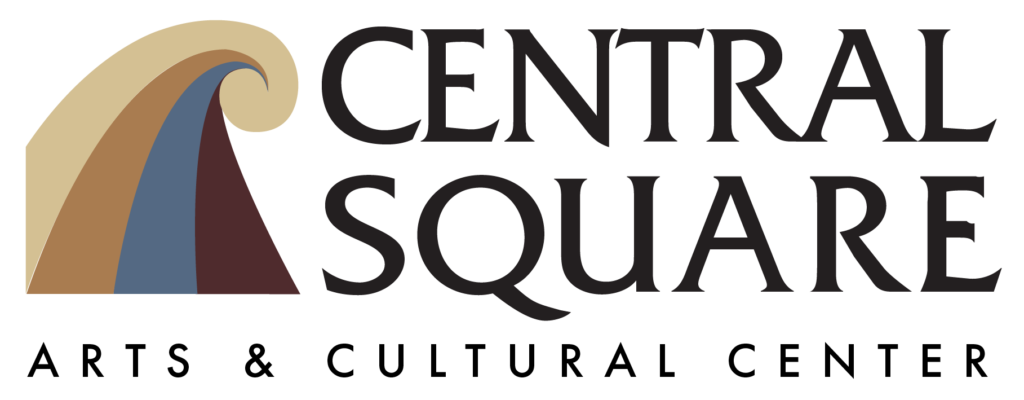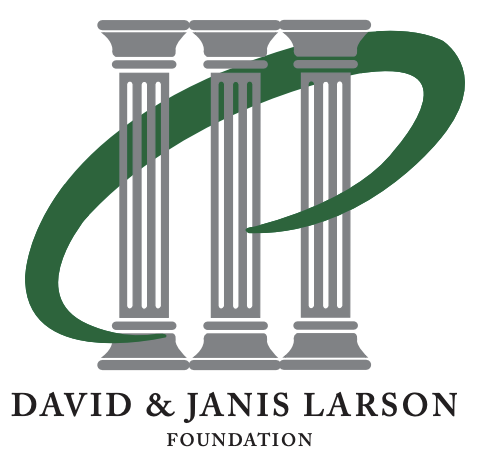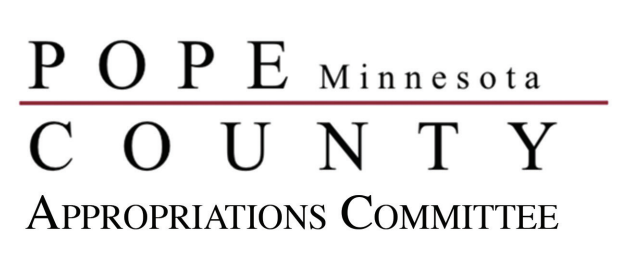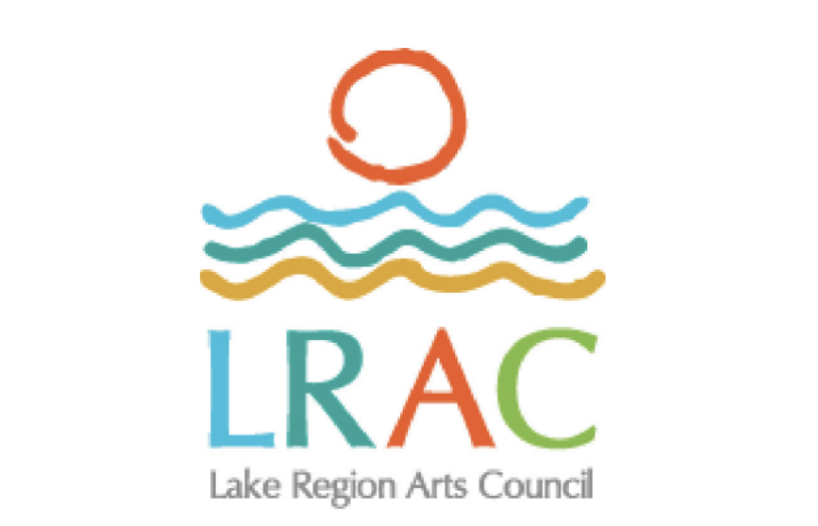by Marie Chan
We have long known that viewing and creating art affects us in positive ways. It increases our happiness, relaxes us, inspires creativity, shifts perspectives, and allows us to use our voices in new and interesting ways. But there is now promising research on the healing power of art.
Research conducted by the Johns Hopkins School of Medicine’s Brain Science Institute has shown dramatic results regarding the effects of art on the brain. This research led to the founding of the International Arts + Mind Lab (IAM Lab) in 2016. In a June 4, 2019 Forbes magazine article, IAM Lab’s executive director, Susan Huganir Magsamen says one of her goals is to help “health care professionals see the value in covering the costs of prescribing arts as medicine. We can change the world if we get folks to see that arts are as important as exercise.” The article states that Magsamen believes that arts are as important to our health and well-being as medicine.”
In April of 2019, Magsamen collaborated up with a team from Google to build a three-room installation at a design conference in Milan, Italy, that tracked visitor’s biological responses to beauty and design. Each room exhibited various aesthetics that included visuals, scents, and sounds to elicit physical responses from participants. To capture the desired data, participants wore wristbands that measured heart rates, skin temperatures, and motion as they moved from room to room. This study will help aid in the design of things like hospital rooms, where personalized sensory inputs—sound, scent, and visual projections— can be utilized to reduce patient agitation.
IAM Lab has collaborated with several scientists, organizations and programs to apply their research to programs that help people suffering from disease, mental health struggles, and dementia. They’ve also used the research in youth education as a way to address major issues like poverty and violence. The results have been so promising that Magsamen believes art as medicine has the potential to change the world.
The knowledge about the healing power of arts exists, the challenge is how to apply the research in a broad and accessible way. IAM Lab will continue to create collaborations and partnerships as they strive to create a roadmap for the future of arts as a component of medicine and preventative care.
Do you have favorite kind of music that helps you relax and unwind after a long day? Is there a particular smell that transports you back to a memory? Does a soft warm blanket on your lap help you feel calmer as you sit down to read? These reactions are your bodies’ responses to your surroundings, whether it’s something we see, touch, smell, taste or hear and they offer insight into how your brain works.
Next time you feel out of sorts, or maybe even under the weather, you may want to consider how art and your environment can help ease your discomfort—try making a couple of adjustments to your surroundings and see if it helps!














